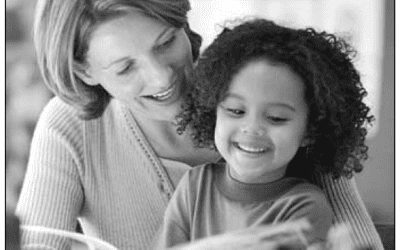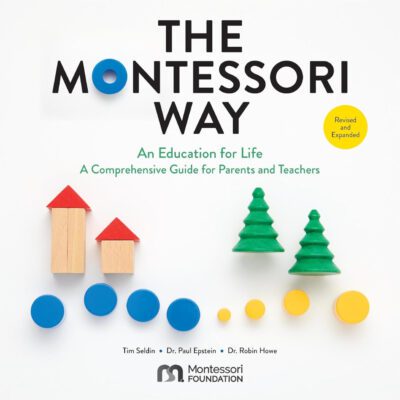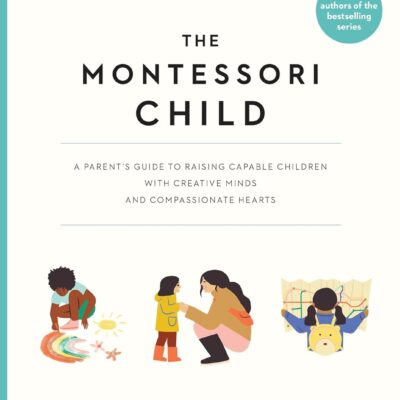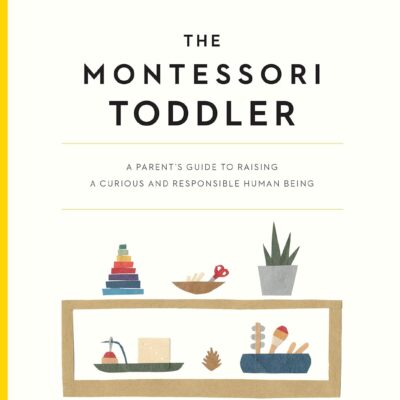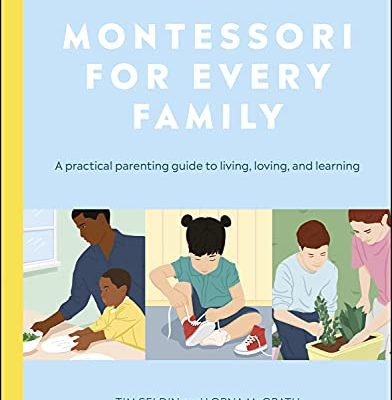
A Conversation with Dr. Ann Epstein on Creativity, Thinking, and Memory
By Tim Seldin
I recently had the pleasure of speaking with Dr. Ann Epstein of the University of Wisconsin, a longtime researcher and advocate for high-quality early education. Our conversation turned to some fascinating new studies coming out of Europe and the U.S. that shed light on how different educational approaches actually shape the developing brain. What’s emerging, thanks to researchers like Dr. Solange Denervaud and her colleagues in Switzerland and at Penn State, is compelling scientific evidence for what Montessori educators have observed for over a century: the Montessori approach does more than help children learn well—it appears to support deep, lasting brain development tied to memory, creativity, and flexible thinking.
Dr. Epstein shared two recent studies with me, and I want to pass along what I learned from her. These findings offer new insights—not just affirming what we already know about Montessori education, but potentially helping us understand why it works so well.
Creativity and the Developing Brain: What the Science Shows
The first study Dr. Epstein pointed me to was Creative Thinking and Brain Network Development in Schoolchildren, published in Developmental Science (Duval, Denervaud, et al., 2023). The researchers used both behavioral assessments and fMRI brain scans to compare 75 children aged 4 to 18 from Montessori and traditional schools. The results confirmed what previous research has suggested: Montessori students tend to score higher on measures of creative thinking. But what’s truly remarkable is what was happening in their brains.
Children in Montessori classrooms showed more balanced and flexible activation across three key brain networks involved in creativity:
- The Default Mode Network (DMN), which supports internal thought, imagination, and self-reflection.
- The Executive Control Network (ECN), which supports working memory and decision-making.
- The Salience Network (SN), which helps the brain decide what to pay attention to.
Children from traditional school environments, by contrast, tended to spend more time in a static or introspective mode (high intra-DMN activity), suggesting less flexibility in switching between idea generation and evaluation. Montessori students, meanwhile, moved more fluidly between networks—exactly the kind of dynamic thinking that supports creativity, problem-solving, and adaptability.
This isn’t just academic. As Dr. Epstein reminded me, creative thinking is essential—not just for artists or inventors, but for anyone navigating a complex and ever-changing world. And these findings suggest that Montessori schools may be doing something unique to nurture it.
Memory: Learning by Heart or With Heart?
The second study Dr. Epstein shared was Learning by Heart or With Heart: Brain Asymmetry Reflects Pedagogical Practices, published in Brain Sciences (Schetter, Denervaud, et al., 2023). This paper looked at another important dimension: how children remember and organize what they learn.
Using structural MRI scans, the researchers measured differences in the parahippocampal cortex (PHC), a brain region involved in memory and learning. Children in Montessori classrooms showed a developmental trend toward left-hemisphere asymmetry in the PHC—associated with semantic memory (understanding concepts, generalizing ideas). In contrast, children from traditional schools showed right-hemisphere asymmetry—linked to episodic memory (recalling specific events or rote sequences).
What does that mean? According to Dr. Epstein, the data suggest that Montessori children are more likely to encode meaning, while children in traditional classrooms are more likely to recall isolated facts or events. It’s a difference between knowing and understanding—and it shows up in the structure of the brain.
Montessori students also tend to perform better on recognition tasks and show more interconnected and flexible semantic networks, according to earlier research by Denervaud and colleagues. That flexibility—how easily children link ideas together and transfer learning from one context to another—is at the heart of real-world problem-solving.
Why Might Montessori Make a Difference?
As Dr. Epstein and I discussed, the studies don’t claim that Montessori is the only path to healthy brain development. But they do suggest that some key features of Montessori classrooms may be contributing to these positive outcomes:
- Multi-age classrooms and peer collaboration, which support social-emotional development and flexible thinking.
- Uninterrupted work periods, which promote sustained attention and deeper engagement.
- Freedom of movement and choice, which align with how the brain learns best: through agency and active exploration.
- Respectful adult-child relationships, where teachers serve as guides rather than lecturers—a factor Angeline Lillard highlights in The Montessori Handbook (Bloomsbury, 2021).
- Calm, well-ordered environments, which reduce behavioral disruptions and allow children to focus, regulate, and retain more of what they learn.
From Dr. Epstein’s perspective, one of the most interesting questions ahead is why these differences arise. Is it the materials? The mixed-age grouping? The training of the teacher? Likely, it’s the synergy of all of the above. Montessori isn’t just a set of techniques—it’s a whole system designed around how children actually grow and learn.
A Word of Caution—and of Encouragement
It’s important to note, as Dr. Epstein emphasized, that this research is still developing. We need longitudinal studies to follow children into adulthood and determine how these early neural patterns play out over time. But even now, these findings offer a rare window into the deeper “how” behind Montessori’s effectiveness.
For parents, it’s an opportunity to see that the choice of school is about more than academics or test scores. Montessori may help your child build a brain that’s not just smarter—but more creative, more adaptable, and more capable of seeing the bigger picture.
And for teachers, these findings can be affirming. What you do each day—the grace with which you guide, the calm you maintain in your classroom, the respect you offer to each child—is quite literally helping shape the architecture of a developing mind.
We’ve always known that Montessori education works. We’ve seen it in the confidence, curiosity, and calm focus of our students. Now, thanks to researchers like Dr. Denervaud and advocates like Dr. Epstein, we’re starting to see why.
And the answer, it seems, is written not just in observation notes or test scores—but in the very folds and rhythms of the growing brain.
If you’re curious to learn more about these studies, I encourage you to watch the video summary from Dr. Denervaud’s team on creativity and the brain: https://www.youtube.com/watch?v=xWV_5o8wB5g. Or, better yet, talk with your child’s Montessori teacher. They’re your partner in this extraordinary journey.



